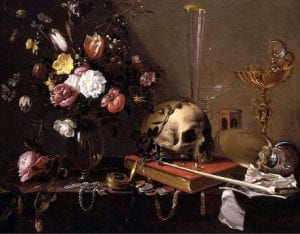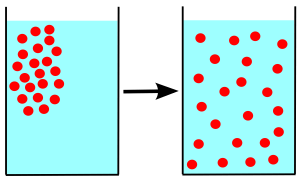Taite 9th Oketopa
Kia ora koutou katoa, In English, we did a Handwriting piece about these topics:
a: You move to a new house and discover a hidden room. What’s in it? Who made it? And why?
b: How did you discover your superpowers?
c: Recount: What did you do in the holidays
My topic was about: how did I discover my superpowers?, Here’s the backstory.
My family and I moved from Auckland to Christchurch, because my mother and my dad were accepted to work at a new job. My brother and I were enrolled in a new school; my brother is a Year 5, and I was a Year 10. I was not ready to go back to school, but I was ready to make new friends. When I first arrived, I felt this tickle thing in my throat, but I thought it was just something else, so I ignored it. After my first day of school, I felt like I lifted something, and I did, I screamed, and my mum heard.
Something I noticed about my writing is that I need more time to finish and make sure it makes sense. I love writing stories about fantasy, romance, and other topics for writing, but I don’t read that often because it sometimes hurts my brain, and when I wear glasses, it helps me to understand more about the story, so I can get into a good university when I leave Hornby. I can be really good at my reading and spelling. Right now, I am still in high school as a year 9 {going into year 10 next year}, I am really nervous for my 4th year at Hornby High, but I am excited. I hope you enjoy reading my story!
Nga mihi nui,
Misty-Rose







